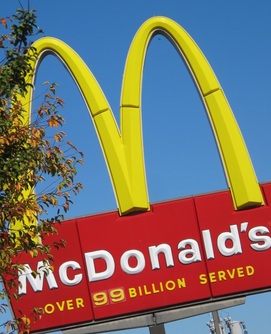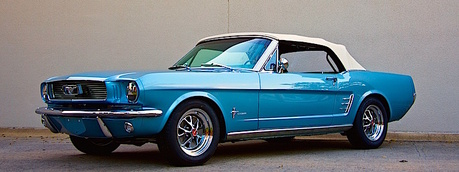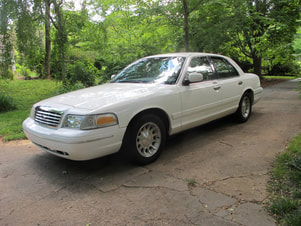 Image © by Brian E. Faulkner
Image © by Brian E. Faulkner These days, Ray Kroc’s golden-arched vision has come up against a new reality. Fast food customers expect more in the way of service, décor and food quality. In short, the same old McDonald’s experience will no longer do, even though the neon glow red and yellow plastic has been gone for several years now after a major restaurant re-do. But more change is underway and down the road. Food quality is on the upswing, driven both by consumer demand for fare unsullied by artificial ingredients and by fast casual competitors like Chipotle Mexican Grill that are upping the dining experience, forcing change upon the entire quick serve category.
McDonalds’ new CEO, Steve Esterbrook, calls himself an “internal activist.” Which means he's all about the business of change. A Brit, he's known for simplifying the McDonald’s menu and turning the business around, in a world where the company’s business generally is declining.
“This is where McDonald’s is headed,” Esterbrook said, referring to their stylish new 500-seat restaurant at the Frankfurt airport, where you can order at the counter or use a number of kiosks that fall easily to hand as you enter the store. There’s even a sit-down ordering option, thanks to a waiter with a tablet – and your food is brought to you so you don’t have to waste time milling around the counter.

Customer experience is inextricably entwined with brand. Brand impression, a critical strategic distinction not so readily established, can be sullied in an instant by a buying or service experience that doesn’t match.
As for me, I’d be more inclined to check out McDonald’s given the new décor and ordering options exhibited in their Frankfurt airport store. However, I’m not in the market for a watch at any price (haven’t worn one in well over 30 years), although I have been conversing with myself about a MacBook Pro purchase for some time (not to mention the iPhone 6 my family keeps after me to buy) and would genuinely appreciate a less carnival-like, more “considerate” atmosphere in which to make up my mind.
TakeAway: Where does your product or service stand? Does your customer experience match the brand impression you’ve created?
Read about my iPhone 6 dilemma here: www.brianefaulkner.com/blog/you-gotta-get-an-iphone-dad
Content © by Brian E. Faulkner




 RSS Feed
RSS Feed